With so many models on offer, the choice of a suitable MOUNTAIN BIKE is becoming increasingly complex. Material, wheel diameter, kinematics, practicality - here are the keys to finding the bike that's right for you.
Standards
- Materials: steel, aluminum, carbon, titanium...
- Wheel diameters: 26", 27.5", 27.5+, and 29".
- Kinematics: semi-rigid or full-suspension
Wheel materials
The frame material determines to a great extent the behavior of your future bike, and you need to think carefully about which one is best suited to your needs, aspirations and budget.
Steel frame
A steel MTB frame offers great flexibility and incomparable strength, at an affordable price. Its greater elasticity than other metal materials makes it physically accessible to all cyclists. Competitors will criticize it for its excessive weight and lack of rigidity. It should be noted, however, that steel has undergone significant evolution in recent years, and it is now possible to find top-of-the-range steel frames that are almost as stiff and light as aluminum frames.
Aluminum frames
Like steel, aluminum frames have undergone significant evolution. Once reputed to be very stiff but not very comfortable, frames made from this alloy have made great strides thanks to reduced tube thicknesses, offering weight savings too. Two types of aluminum are mainly used: 6061 and 7005, the former reputed to be lighter while the latter more resistant. Some manufacturers also offer frames in scandium. Combined with aluminum, it offers weight savings of 10-15%.
Carbon
Present on high-end frames due to its cost, carbon is the material of choice in today's cycling. Because it can be combined ad infinitum with other fibers, carbon makes it possible to create frames that are light and rigid, but physically and technically demanding. Carbon is therefore intended above all for racers.
Titanium
Last but not least, a handful of frames are made of titanium. An absolute benchmark in terms of lightness/comfort/performance, and therefore ideal for cross-country use, titanium is nevertheless very expensive.
Wheel diameters
Once the material has been selected, the second criterion to take into account is that of the wheels. The diameter of the wheels will determine all the other characteristics of the bike, in particular the geometry of the frame and therefore its handling.
26" wheels
Mountain bike's historic dimension, guaranteeing great maneuverability and maximum responsiveness, the 26-inch wheels wheels are tending to disappear from manufacturers' catalogs, even for hard-core riders. However, manufacturers are retaining this option for smaller frame sizes, mainly for junior bikes.
27.5" / 27.5+ wheels
The 27.5 is a good compromise between the responsiveness of the 26" and the easy handling of the 29". There's also a 27.5+ version, which allows very wide tires (up to 3") to be fitted. Less efficient in terms of performance, this standard does on the other hand offer great comfort, exceptional traction and maximum stability. It is mainly found on electric mountain bikes.
29" tires
The 29" wheel is the standard of choice for riders looking to go fast, thanks to its enhanced climbing ability and excellent efficiency. This wheel diameter is now widely used in the vast majority of riding practices, thanks to the introduction of specific geometries and the Boost standard in 2016. It's worth noting that 29-inch wheels are best reserved for riders at least 1m70 tall.
In principle, each frame model is designed to be fitted with a specific wheel diameter, and it is strongly recommended that these specifications be respected. It should be noted, however, that most 27.5+ frames can also be fitted with 29" wheels.
What's more, some brands mix wheel sizes on the same bike, for example with a 29" MTB wheel wheel at the front for climbing ability and steering precision, and a 27.5+ wheel at the rear for traction and comfort.
Bike kinematics
Visit semi-rigid mountain bike model has only front suspension (fork), while the full-suspension is equipped with both front (fork) and rear (shock absorber) suspension. Semi-rigid models are more efficient to pedal, lighter, easier to maintain and more affordable.
The full-suspension mountain bikes are better suited to more rugged terrain. More expensive, they offer better traction and more effective shock and impact absorption, thanks to increasingly efficient kinematics.
Which frame is right for me?
Your choice will be guided by the type of riding you do and how you use it, depending on whether you ride to get some fresh air, to keep fit, to aim for performance or to defy gravity with maximum speed and style.
To offer the best possible performance from their complete mountain bikes, manufacturers carefully select every component and material to offer the best balance between performance, weight, strength and price.
Touring / XC
The ideal semi-rigid bike is made of steel, aluminum or carbon, depending on your performance requirements. Some prefer a full-suspension bike for greater comfort; in 27.5" or 29", with a fork between 100 and 120 mm. If you're looking for a comfortable, playful and reliable mountain bike for touring, you'll be looking for a lightweight, responsive model with an aggressive stance for cross-country (XC) riding.
All-Mountain
We recommend a semi-rigid or full-suspension model with 130 to 150 mm travel, usually in aluminum. You'll find 27.5, 27.5+ and 29 wheels, depending on whether you prefer comfort, fun or performance. So many possible choices for a mountain bike capable of both climbing very well and being at ease on the downhill, even if the going gets tough.
Enduro
This is the all-mountain bike to choose. The amateur will opt for an aluminum frame, while the competitor will be tempted by carbon, with 27.5 or 29-inch wheels. For travel, the minimum will be 140 mm, while the most daring riders will opt for up to 180 mm. Not necessarily the best performer for climbing, it is above all for descending that it will find its place.
DH / Freeeride
This is necessarily a full-suspension bike, most often still made of aluminum, even if carbon is becoming increasingly popular in this field too, for those chasing seconds at the finish line. With 200 mm of travel to handle everything, and 27.5" or 29" wheels for maximum responsiveness, precision and speed.
Découvrez tous nos conseils & Tutoriels
MTB Universe
-
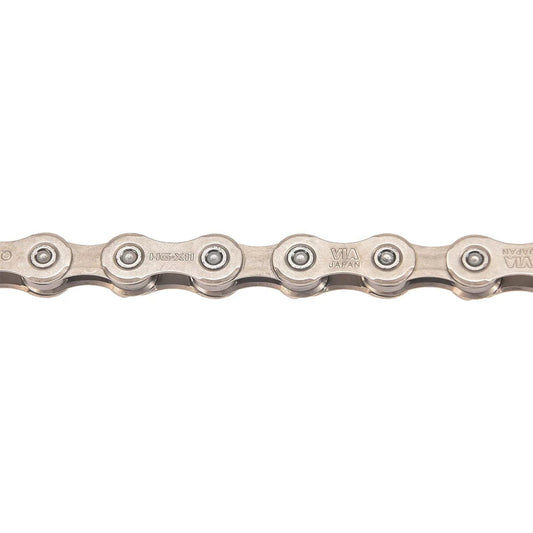
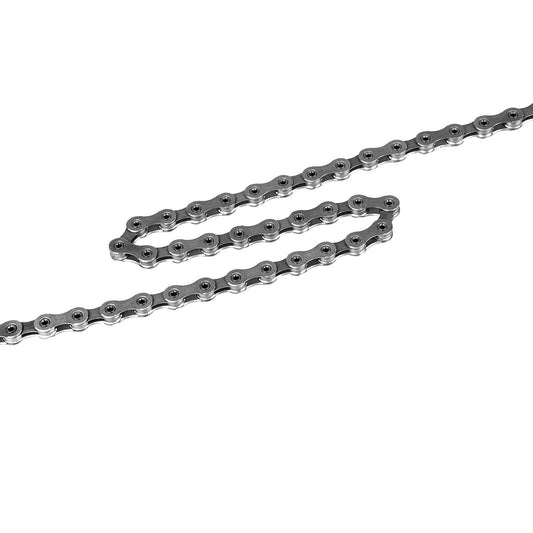
11 Speed SHIMANO XT ULTEGRA CN-HG701-11 Quick Link E-Bike Rated chain
Regular price From 25,99 €Regular priceUnit price per -
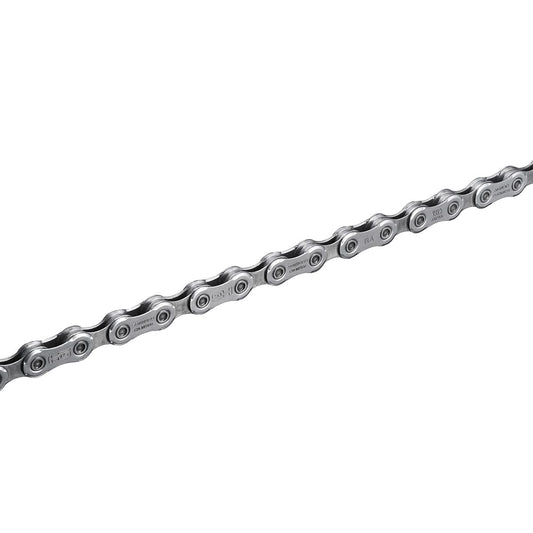
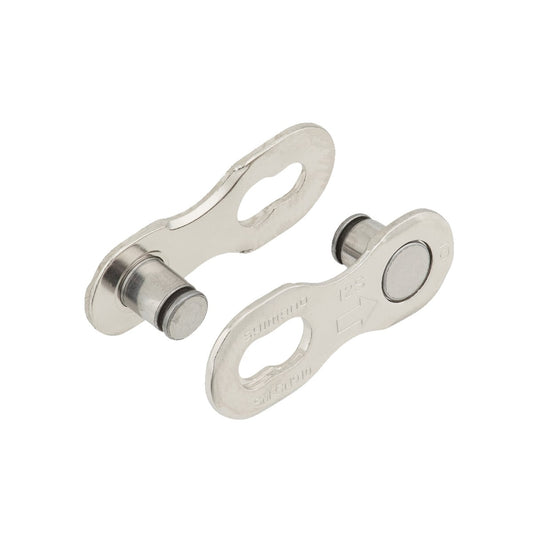
12 Speed SHIMANO XT ULTEGRA CN-M8100 Quick Link E-Bike Rated chain
Regular price From 29,99 €Regular priceUnit price per -
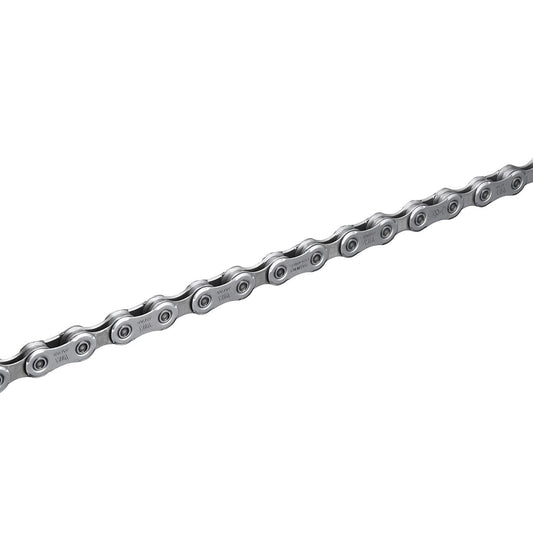
12 Speed SHIMANO SLX 105 CN-M7100 Quick Link E-Bike Rated chain
Regular price From 19,99 €Regular priceUnit price per -
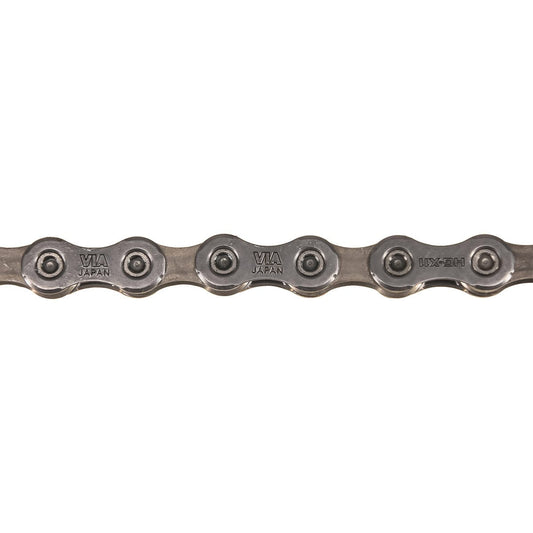
11 Speed SHIMANO SLX 105 CN-HG601-11 Quick Link E-Bike Rated chain
Regular price From 19,99 €Regular priceUnit price per -
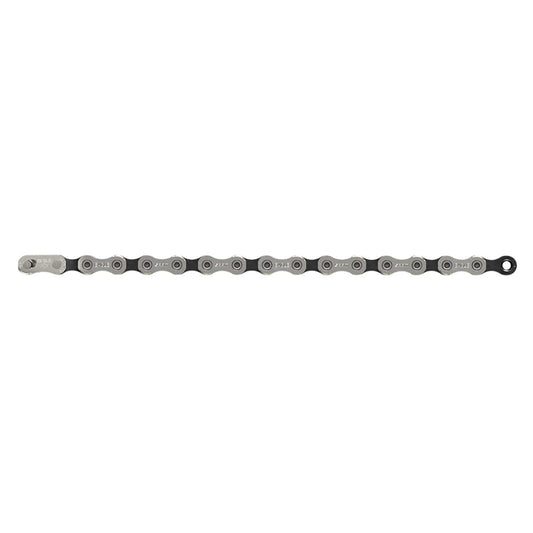
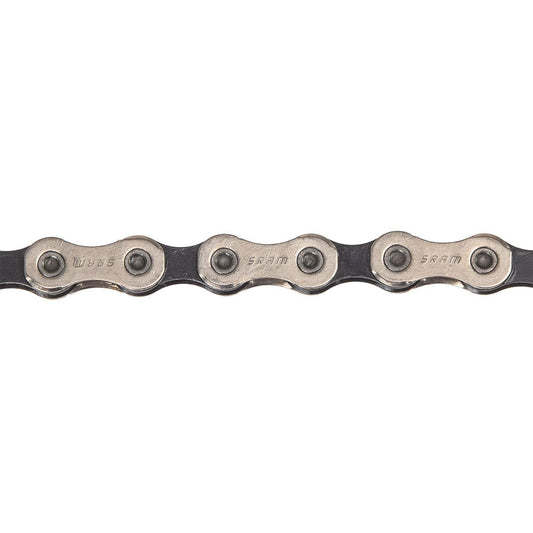
Chain 12 Speed SRAM GX EAGLE
Regular price From 22,99 €Regular priceUnit price per -
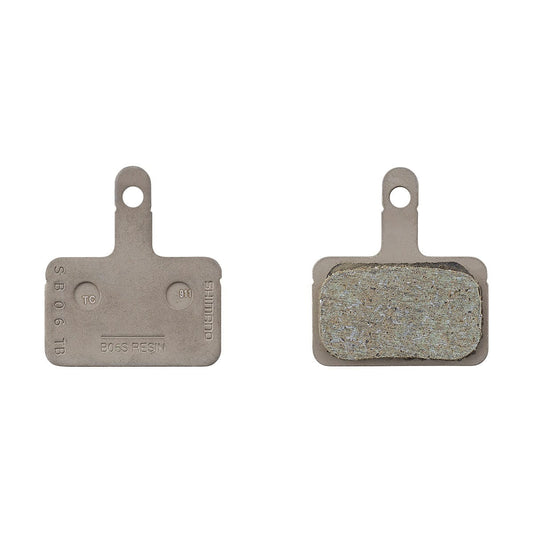
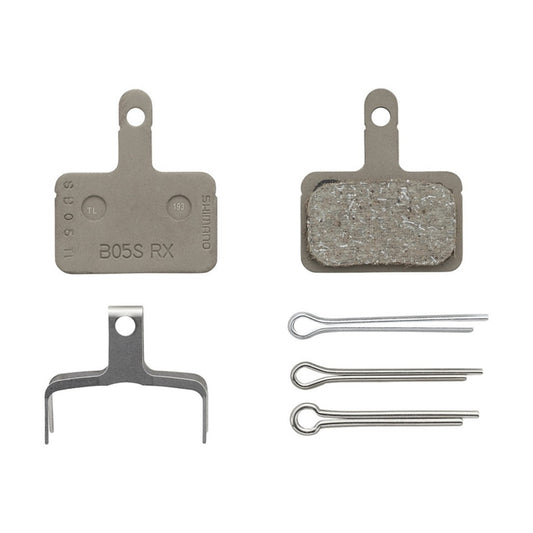
Brake Pads Organic SHIMANO B05S-RX
Regular price 5,99 €Regular priceUnit price per -
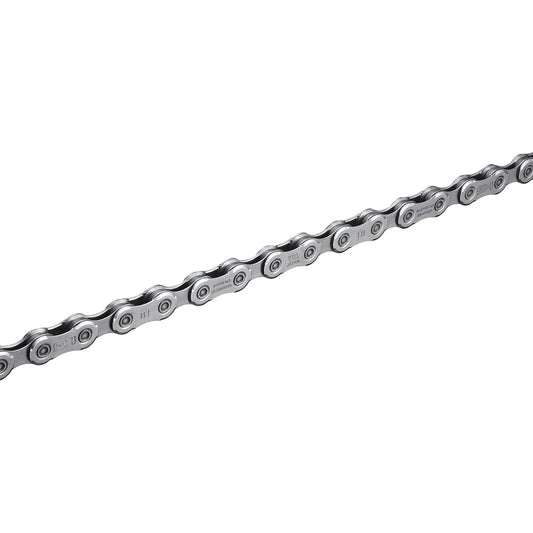
12V SHIMANO DEORE CN-M6100 Quick Link E-Bike Rated chain
Regular price From 13,99 €Regular priceUnit price per -
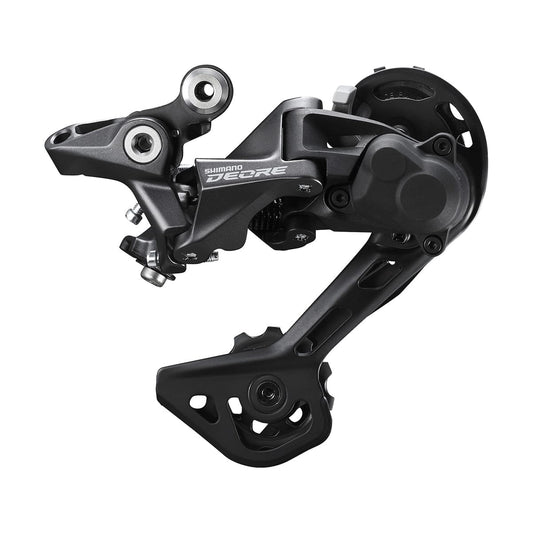
SHIMANO DEORE RD-M5120-SGS 10/11V Long Cage Rear Derailleur
Regular price 18,99 €Regular priceUnit price per












